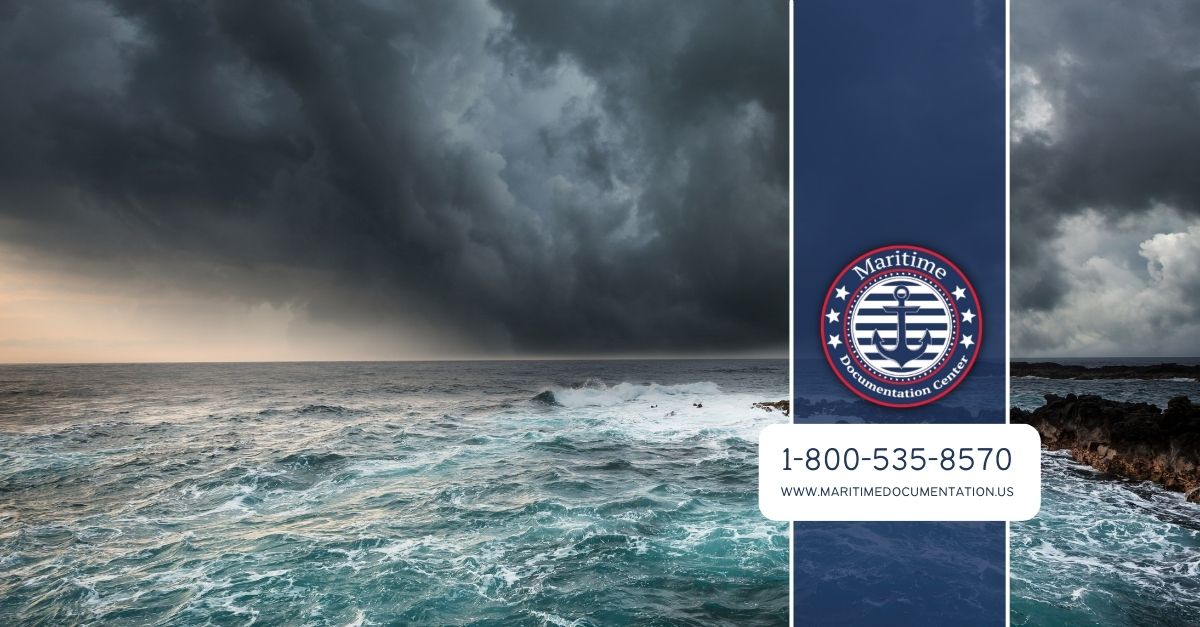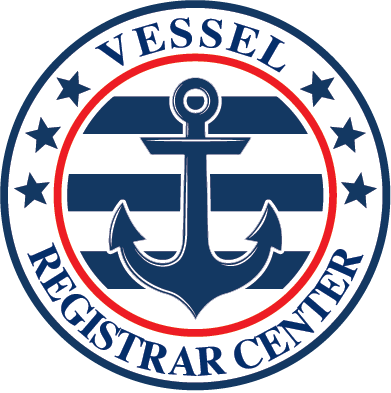Preparing a boat for the next hurricane season is something that every USCG vessel owner should do. Even if you don’t spend a lot of time on the water regularly, you should still ensure that your boat is in good shape in an emergency. As we are officially in the midst of hurricane season, now is the time to begin preparations for your vessel. While there is no way to protect it from being damaged entirely, you can do a few things to reduce the likelihood of it happening. The following are some suggestions that might help you get your vessel ready for hurricane season.
Check Your Dock Lines and Secure Any Loose Objects
As spring arrives, so do the first storms of the year. If you’re going out on the water, you’d better prepare for everything Mother Nature throws. If a storm is on the horizon, whether a summertime downpour or a wintry snowstorm, you’ll want to ensure your ship is in good form. Whether on dry ground or out at sea, the most pressing concern is stowing away any loose items in your boat.
Extra caution should be used while docked at a marina, where flying debris might cause harm to nearby vessels. Make sure that anything heavy, from life jackets to storage containers to fishing rods, is safely fastened with sufficient rope to prevent it from sliding about and hitting anybody or anything else.
Inspect Your Bilge Pump and Make Sure It’s in Good Working Order
The second part of boat security? Be sure your bilge pump is in excellent operating condition by inspecting it. A bilge pump is an essential piece of equipment for every USCG vessel since it is used to drain excess water from the hull at all times. A bilge pump, often positioned in the boat’s hold, removes water built up within the hull to prevent it from seeping into the cabin.
The last thing anybody wants to do is come home to a wet house because the bilge pump wasn’t operating correctly. Check everything out before storm season (or, even better, before hurricane season!). Before the first significant storm of the season, you should check to see that your United States Coast Guard vessel has all it needs to weather the storms. Lashings should be loosened somewhat to account for swelling, but not to the point where they will come undone. If a wave strikes at the incorrect angle, anything might fall from above.
Make Sure All Fuel Tanks for your USCG Vessel are Properly Secured
If you haven’t already, secure all gasoline tanks with straps and chains so they can’t move freely during a storm and risk coming loose from their mountings. Maintain a habit of checking this before ever going out on the lake. You should also start planning how you’ll lock your cabin door in case of severe winds; for example, you could acquire this latch that can be fitted on the inside of the cabin doors (so that even if the doors do blow open during a storm, they won’t fly open wildly). Your boat’s dock or pier may have weak spots where it might come loose from its mooring or where wood is decaying, so keep an eye out for them. Verify that these areas have been adequately fortified and that there is a high level of safety throughout.

Install a Weather Vane or Wind Direction Indicator
During storm season, boaters may experience the thrill of being out on the water while enjoying the pleasant climate. But before you do, remember that you can’t just hop on your boat and go whenever the mood strikes you; you need to take the time to prepare your USCG vessel so that it is ready for the elements. You should install a weather vane or wind direction indicator to ensure you will know which way the wind is blowing if you are caught in a storm.
It’s easy for minor things to slide through the cracks when we need to pay attention, so giving your boat a complete examination before setting sail is a good idea. Be sure to find out there’s an issue before it’s too late. Finally, ensure you inspect and clean your fuel lines; leaks from damaged pipes may be quite hazardous, and you won’t have any gas if you become stuck at sea.
The USCG has put together a comprehensive list of safety recommendations for storm season, best summarized by their complete list of safety recommendations. If you have any questions about maritime documentation requirements or want to speak with a representative from the Maritime Documentation Center, contact us at our online chat through our website.




